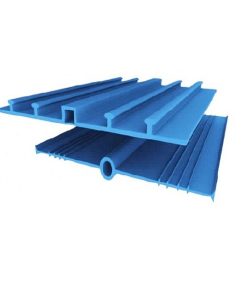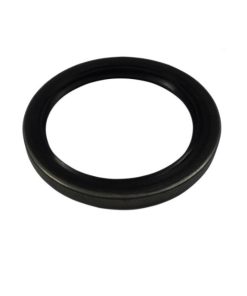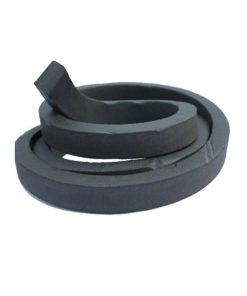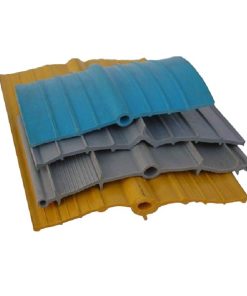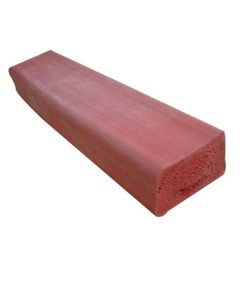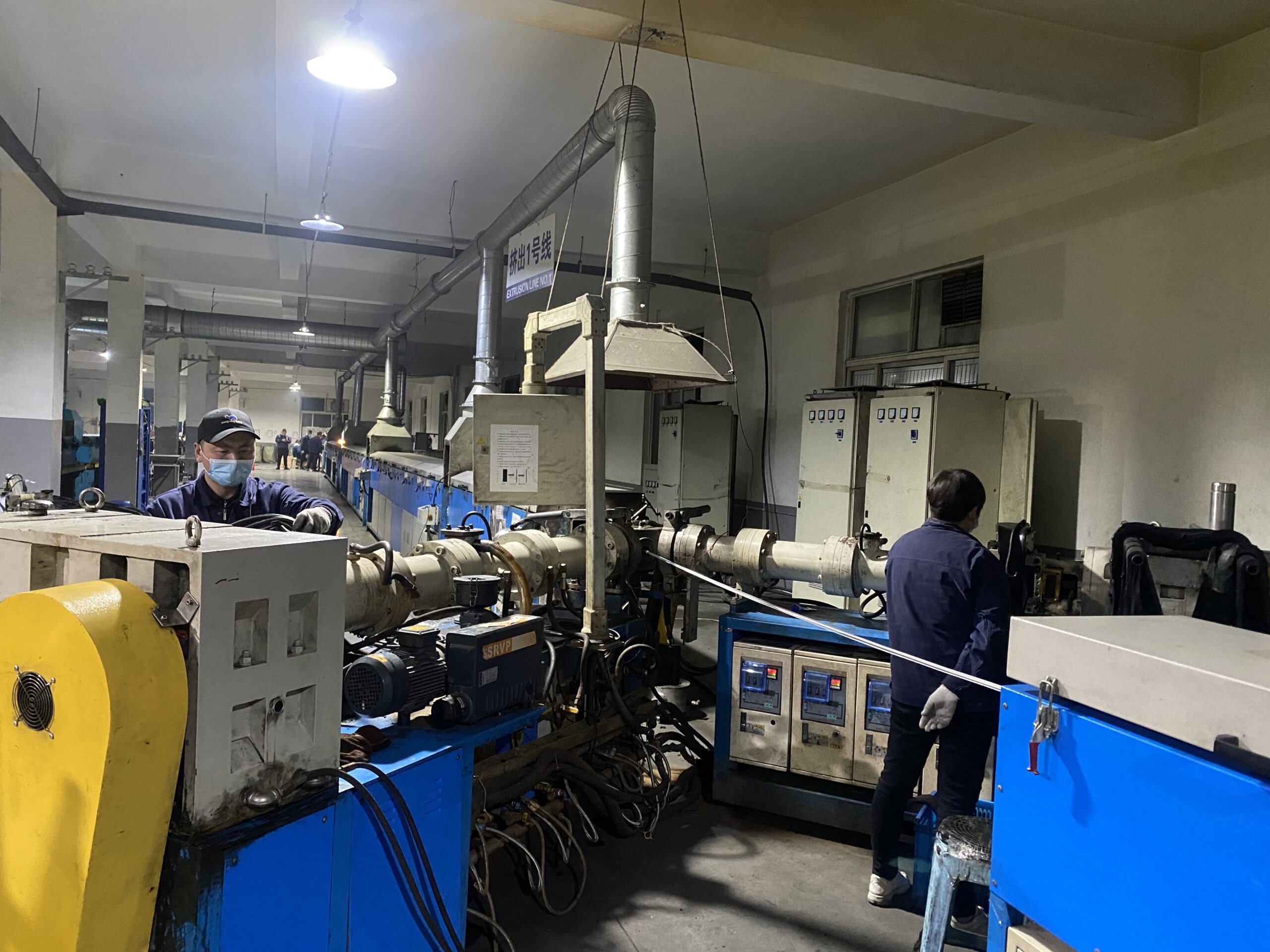Rubber and PVC Waterstop
Divided by material, there are usually rubber waterstop and PVC waterstop. Some buildings cannot be poured, or the ground is deformed or affected by the temperature environment. These phenomena can cause thermal expansion and contraction of concrete elements. Therefore, deformation joints need to be left, and waterstops need to be left in these gaps. It prevents water leakage and acts as a shock absorber. This can ensure the service life of engineering buildings.
PVC Waterstop PROS And CONS
Why Choose Us As Your Waterstop Manufacturer
Quality Assurance
Seashore Rubber is known for high quality products. All our waterstop products undergo strict quality control and testing. We can ensure that our products work stably and reliably in a variety of environments and conditions.
Innovation And R&D
Customer Service
Seashore Rubber is customer-focused and provides excellent customer service. Our team is ready to provide customers with technical support, solution consulting and after-sales service. We ensure that our customers get the best experience when using our products.
FAQs About Waterstop
Waterstop is a waterproof material used in construction and water projects. It is usually made of materials such as rubber or PVC. Its main function is to prevent water from penetrating into the joints of the building structure. It ensures the sealing of the structure.
Waterstop is widely used in various construction and water conservancy projects. Including foundation pit engineering, underground structures, water channels, pools, and tunnels. It is mainly used to treat the joints of building structures. It prevents the penetration of groundwater or other liquids.
There are Waterstops of different materials. Including rubber, PVC, metal. The type chosen depends on the specific requirements of the project. For example, structural flexibility, corrosion resistance, etc.
Methods of installing Waterstop vary depending on materials and engineering requirements. Generally speaking, it can be installed by lap, bonding, welding, or mechanical connection. Specific installation steps should be determined based on the selected waterstop type and engineering conditions.

